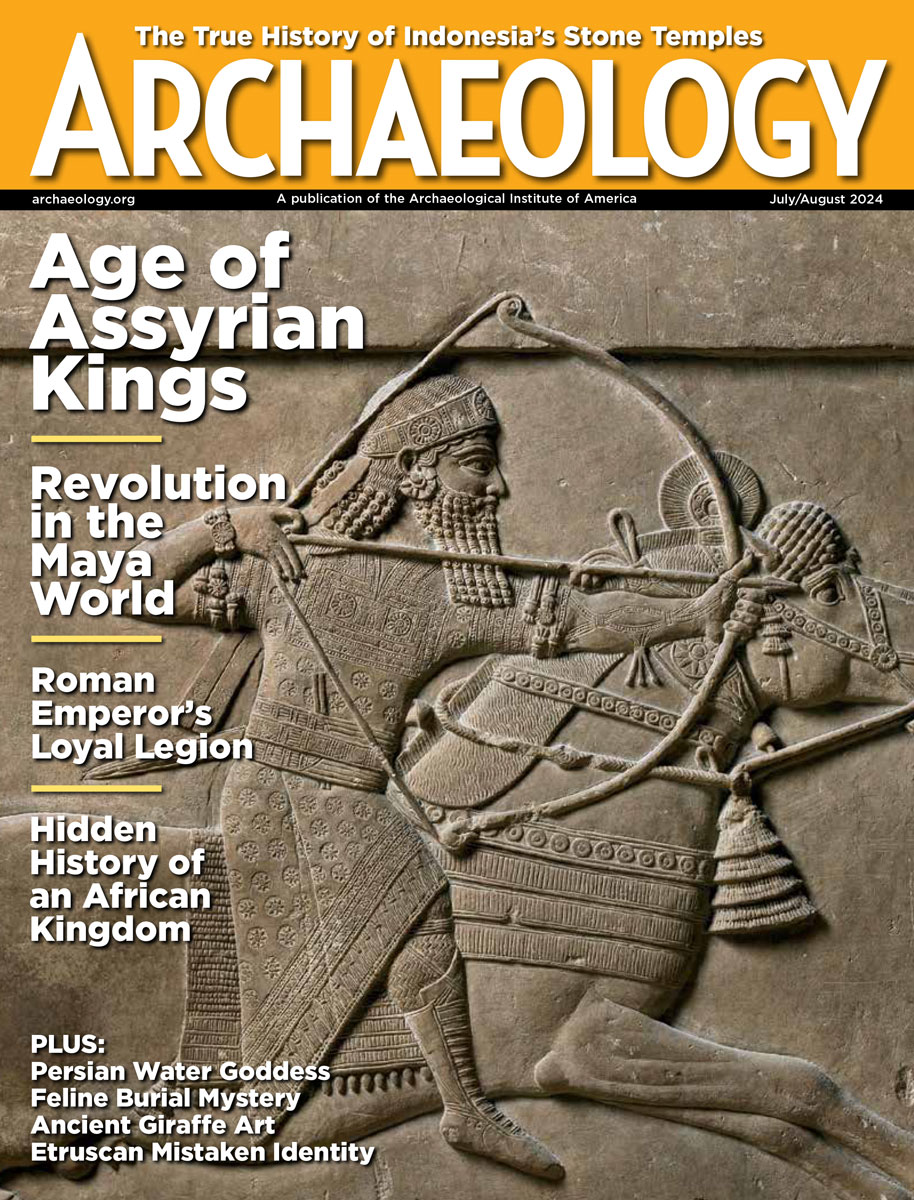

| |
| Homage to Oman | Volume 50 Number 3, May/June 1997 |
LIST OF ILLUSTRATIONS
 | One hundred miles southwest of Muscat, this fort was built between 1670 and 1680 to protect a local oasis and trade routes passing through the regional capital of Nizwa. [LARGER IMAGE] |
 | This contemporary onion-dome mosque was built over the tomb of Bin Ali, an eleventh-century Indian sailor who settled the area and rose to political prominence. [LARGER IMAGE] |
 | Entranceway leads to Nakhl Fort, 50 miles west of Muscat, once considered invulnerable by Omanis. [LARGER IMAGE] |
 | A UNESCO World Heritage site, the ruins of Bahla fort tower 165 feet above the walled oasis village of the same name 115 miles southwest of Muscat. [LARGER IMAGE] |
 | Omani schoolgirls climb stairs to the ramparts of Nizwa Fort's 115-foot circular tower. [LARGER IMAGE] |
 | Carpenters work on the wooden hull of a dhow at a shipyard in Sur, a coastal city 210 miles south of Muscat. [LARGER IMAGE] |
 | A well near the entrance to Nizwa Fort supplies water from a nearby oasis. [LARGER IMAGE] |
 | An inscription decorates a door in the souk of Al Sulayf, an abandoned walled and fortified town some 190 miles west of Muscat. [LARGER IMAGE] |
 | Windows of a ruined manor house in the coastal town of Marbat reflect the prosperity once associated with the frankincense trade. [LARGER IMAGE] |
 | Cannon from Nakhl Fort's upper battlements pounded attackers during a tribal conflict in 1769 that badly damaged the citadel, located some 50 miles west of Muscat. [LARGER IMAGE] |
© 1997 by the Archaeological Institute of America archive.archaeology.org/9705/etc/illustrations.html |
Advertisement

Advertisement






